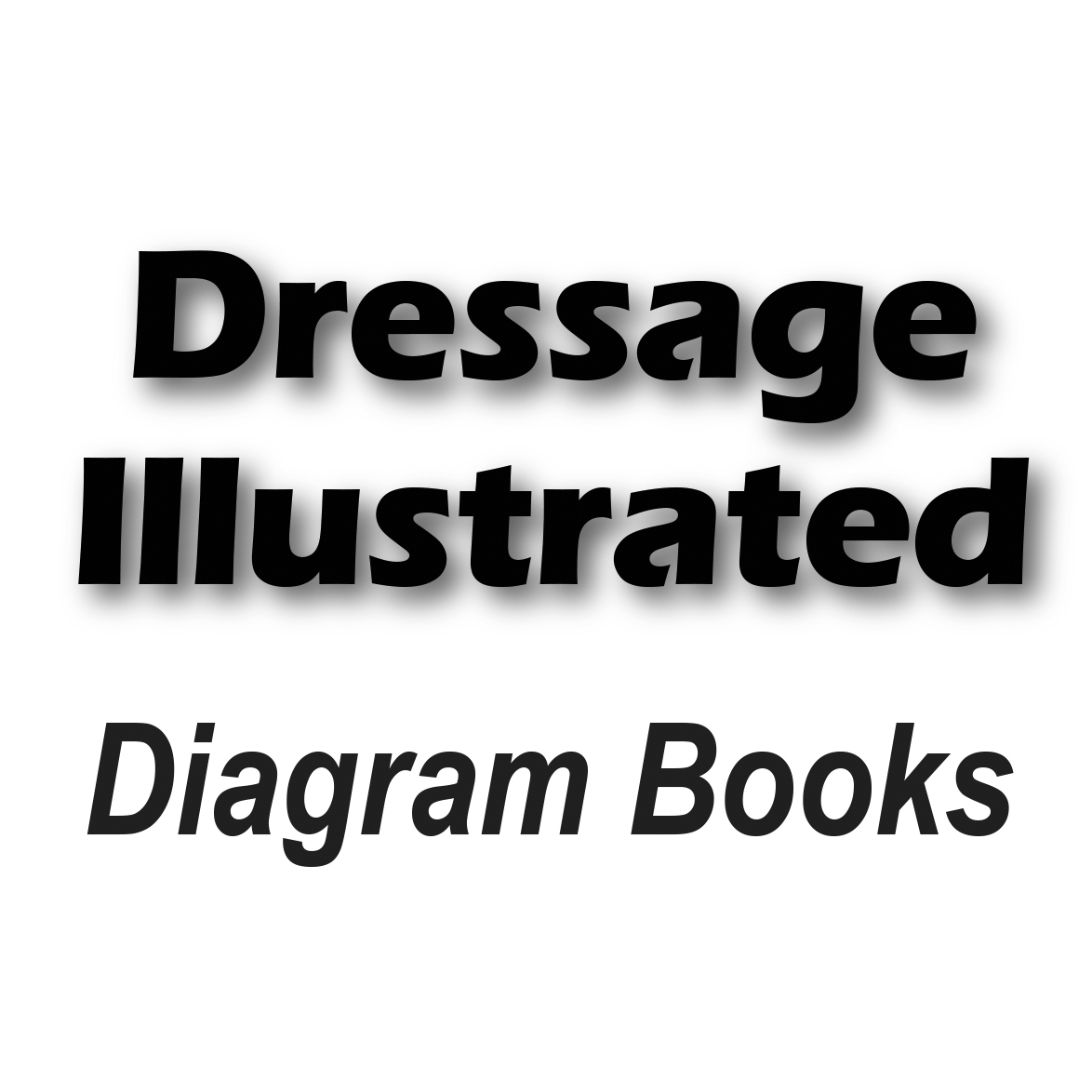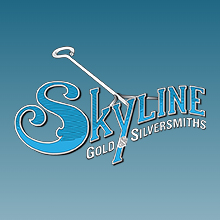How the Western Dressage Organization Came To Be.
by Katherine Rosback
(First in a three-part series on the beginnings, the rules, the tests, and the future of Western Dressage.)
It’s likely that we all have experienced the emergence of a great idea as a result of a circle of friends sitting and chatting around the campfire. The soft darkness that surrounds the fire and the soothing snap and crackle of the burning logs just seems to fuel the exploration of possibilities and potential. So I guess I should not have been surprised as I was when I heard that was kind of the setting from which the idea for Western Dressage emerged. “The deal with Western Dressage,” notes Lester Buckley, a Texas-born horseman, “is that it is new, and it is not new, and to explain that statement I need to go back to the beginning.” We’re sitting at his home and training facility in Shelbyville, Kentucky that he shares with his wife, Mary. A lovely fire burns in the old stone fireplace. Maybe not a campfire, but still a pretty perfect setting for sharing stories.
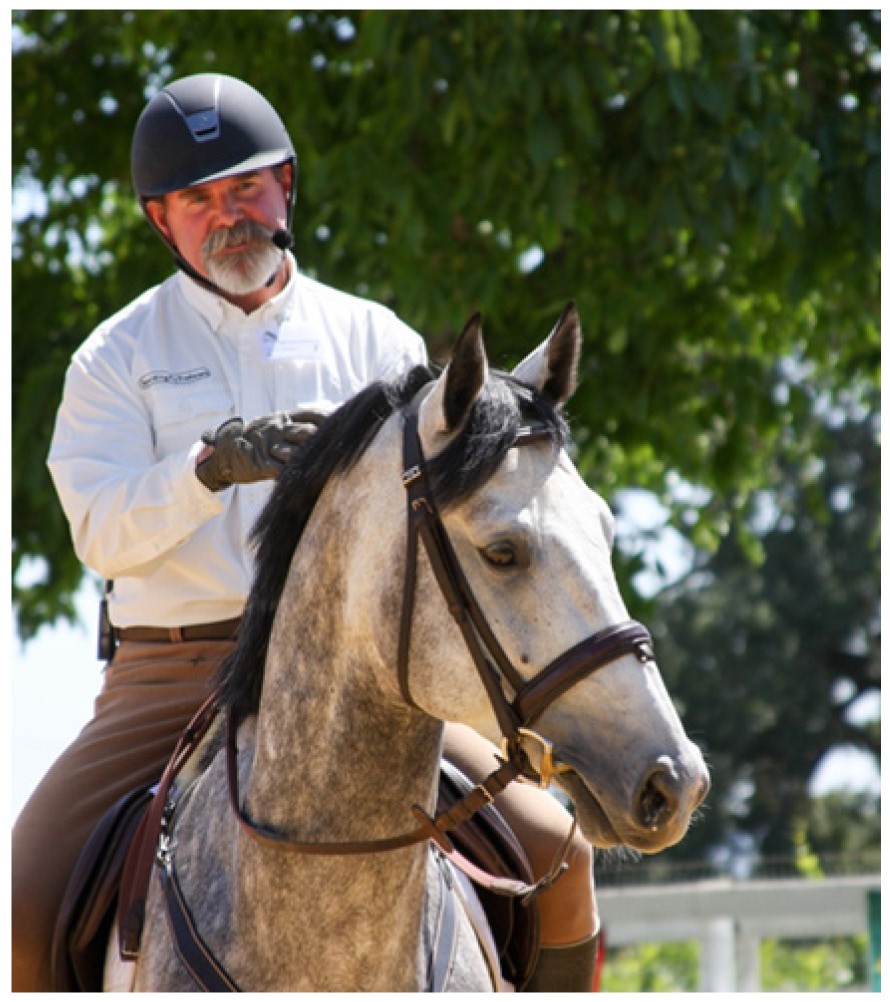 Lester Buckley providing instruction at the 2014 Light Hands Clinic on Contrell, his 5-year-old imported Hanoverian stallion.[/caption]
Lester Buckley providing instruction at the 2014 Light Hands Clinic on Contrell, his 5-year-old imported Hanoverian stallion.[/caption]
“The whole idea began when a handful of us were doing a clinic in Santa Yenz, CA. Actually,” he catches himself, “I guess it really all began when someone from Brazil approached Dr. Robert Miller to suggest a list of people who would act as clinicians for the 2004 International Equine Congress in San Palo. I was one of the folks on this list. When we got back from that, a guy named Art Perry said he wanted to do something like what had been done in Brazil, only on a much smaller scale. So, he asked Dr. Miller who he would recommend, and I was once again on the list.”
From that came the Light Hands Clinics. Starting in 2007, it ran for seven years, focusing on the entire lifespan of the horse—from imprinting to colt starting to foundation work to finishing work. Lester, having a background in classical dressage, would ride both English and Western during the clinics.
“How did you even get interested in classical dressage?” I ask, given my knowledge of Lester’s pedigree—and it’s a pretty incredible one. Lester worked with Ray Hunt in colt starting and horsemanship classes over a four-year period as part of earning his B.S. in Equine Science, he started colts for the King Ranch in Texas and the Parker Ranch in Hawaii for five years, apprenticed with National Cutting Horse Hall of Fame rider Willie Richardson for seven years, and was a successful cutting competitor himself, earning a rank of #2 in the World Open Senior Horse Cutters in 1999.
“When I was little guy, my parents took me to see a Spanish Riding School demonstration and I thought that was really cool, so I read about the Lipizzaners and I had books by Podhajsky, Nuno de Oliveira, Gustav-Steinbrechts…those kind of guys. Sure, it was just books, but it was all I could get my hands on in Texas and I loved it.”
But Lester’s real immersion into the world of classical dressage came about, oddly enough, as a result of showing cutters in the early 2000s. “I was at a cutting horse show in Fort Worth and another trainer who knew me said, ‘Hey, Buckley, there’s a dressage trainer teaching across the street in the Will Rodgers stadium. You like that stuff, don’t you?’ I’m like, sure! The guy said I might want to check it out.”
So, at his first chance between classes, never guessing that those steps across the street would lead to flights across the ocean, Lester went over to the Will in 2009. Rogers stadium, and inside was a German instructor. And Lester was just blown away.
“It. Was. Beautiful.” he recalls. “The riding, the teaching, the ease with which horse and rider completed the exercises—just beautiful.” During each session he could attend, Lester took copious notes and, as the clinic progressed, started asking more questions to the clinician, and talking to him during breaks. He apparently made an impression.
When the clinic wrapped up, Lester went up to the instructor and asked if he would sign and date the thick pile of notes Lester had compiled. But he got more than just a signature. When Lester told the clinician, “I just loved this and would love to know more,” the clinician responded, “Come to Germany and you can ride there!”
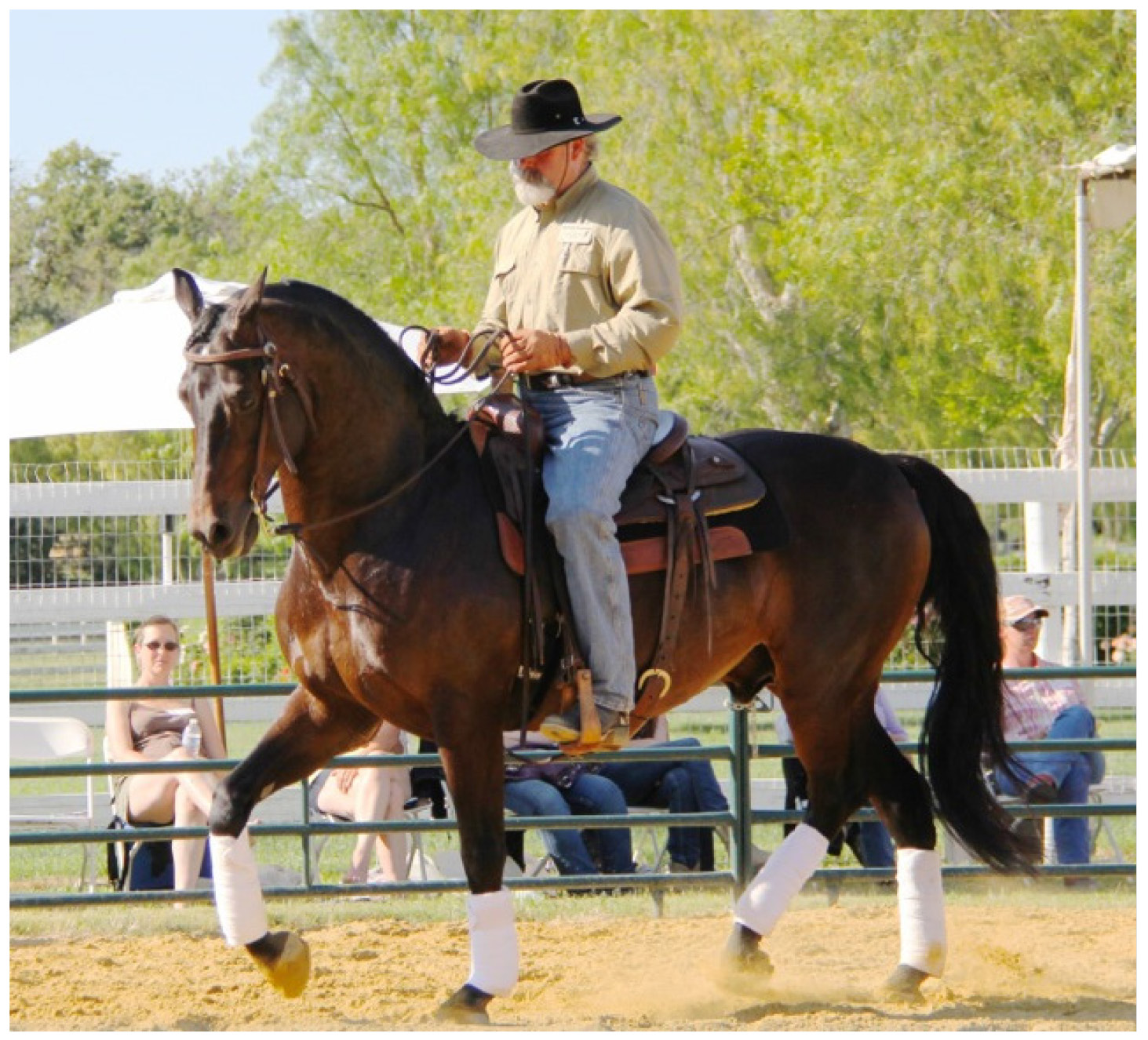
“But I’m just a cutting horse trainer,” Lester replied.
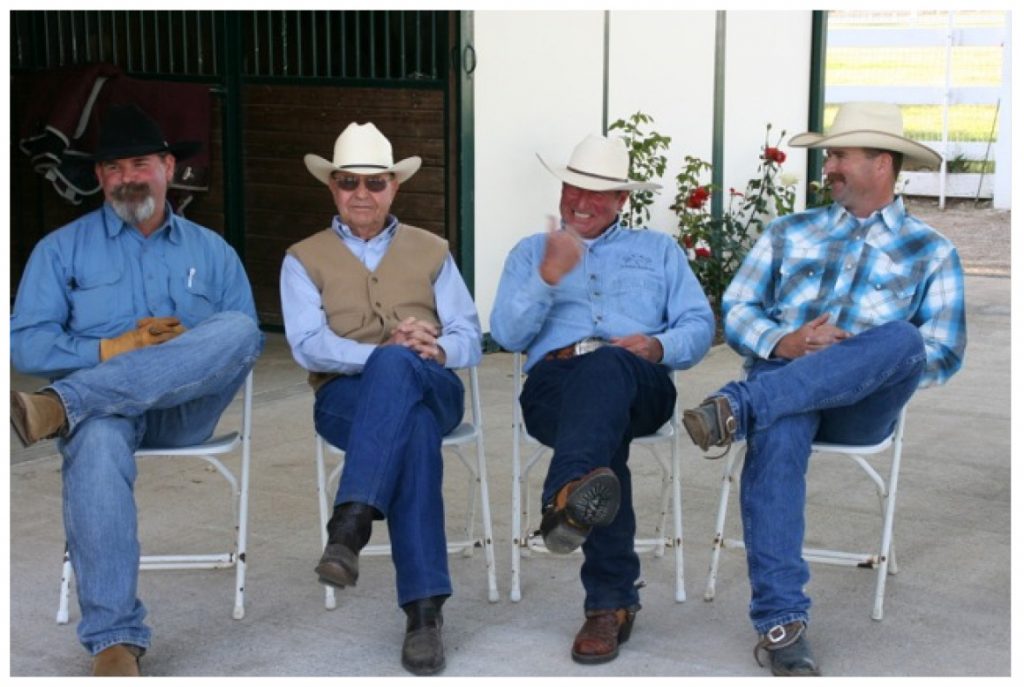 Founding Lights Hands Horsemanship clinicians (from left to right): Lester Buckley, Dr. Robert Miller, Eitan Beth-Halchemy, and Jon Ensign.[/caption]
Founding Lights Hands Horsemanship clinicians (from left to right): Lester Buckley, Dr. Robert Miller, Eitan Beth-Halchemy, and Jon Ensign.[/caption]
“Doesn’t matter,” the clinician replied, dismissing the objection. “Good horsemanship is good horsemanship. Come to Germany.”
The clinician was none other than Hannes Muller, head instructor of the Nordrhein-Westfälisches Landgestüt and German Olympic training center in Warendorf, Germany.
That was the beginning of Lester’s in-depth classical dressage training. From 2003-2013, he traveled back and forth to Germany, all the while continuing his regular work as an independent trainer in Hawaii. Lester completed the program, earning his International Trainers License in Dressage and Sport Jumping from the German FN.
Given this education in classical dressage, it’s not surprising that Lester was a member of the initial group who had a strong desire to bring the exercises of classical dressage to the everyday rider. “My hunch that I had as a kid growing up and riding with Ray and reading about the old riding masters,” Lester explains, “was that if we could get ahold of that type of riding, it would be applicable to the Western horse and the Western horse riders.”
“For instance,” he continues, “one of my horses in the barn, he’s now a 31-year-old ex-cutting horse. When he lost his vision due to a cataract surgery gone bad 15 years ago I thought, ‘Well, probably a good way to keep him healthy is through classical exercises.’ And that’s the kind of thing that we were showing at the Light Hands Clinics. You could ride Western, but still incorporate classical riding, and it’s a great way to keep your horse exercised.”
Given Lester’s background and set of experiences, he was one of several horsemen invited to form the Light Hands Horsemanship clinic. And the audiences loved it.
Noted one participant, “What you won’t see at Light Hands Horsemanship is a lot of flashy music and gimmicky tack and colts getting broke in 30 minutes. You won't see anybody, anywhere standing on a horse's back with a leaf blower. What you will see are the most accomplished horseman in the country today all with a single goal in mind, developing harmony with the horse through communication and understanding of the horse's nature. It's natural horsemanship at its best and purest and it comes in a variety of flavors to suit the needs of any rider.”
It was a joint idea between a handful of owner-attendees and the riders to create an organization that would bring these concepts to a wider audience. That idea has grown to become the Western Dressage Association of America (WDAA), an organization now recognized by the USEF. But it’s not a new discipline.
“Nope.” Lester confirms. Echoing the words of Hannes Mueller, he continues, “Good horsemanship is good horsemanship. Good classical riding is not only the domain of the English horse; this is why Western Dressage is not some sort of new discipline. The knowledge of classical training scale can give everyone the tools to advance themselves and their horse.”
The fire is starting to die and it’s getting late, so I pose my last question: what drives his passion to further the sport as an instructor, trainer, and judge? “My desire and that of the Western Dressage organization is to bring the value of the classical exercises to the average, normal, everyday horse and rider,” Lester replies. “Be it ex-reiners, retired cutters or ropers, or ranch horses—the goal is to keep the horse healthier and to create a better relationship with their horse for the everyday person. These classical exercises and principles are the way to do it.”
The next morning, I check out the WDAA website and I find the reference to the old discipline: “Any breed that can walk, trot, and canter can participate in Western Dressage. From top competition horses to recreational trail horses, training methods which utilize Classical Dressage on western horses improve that horse and not only help the green colt with a great start but benefit the older horse.”
Next in the series: Is It Just a Change of Tack?An interview with Ellen DiBella, WDAA president, on her views on the growth and aspirations of the WDAA organization.



